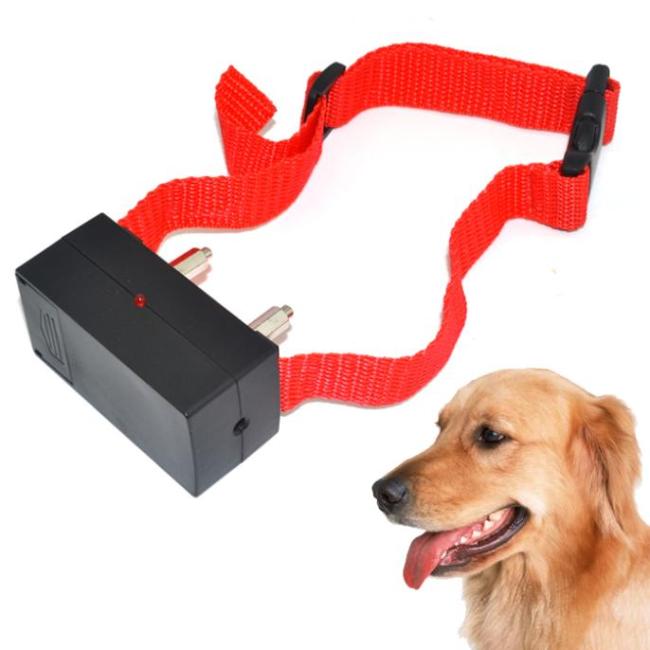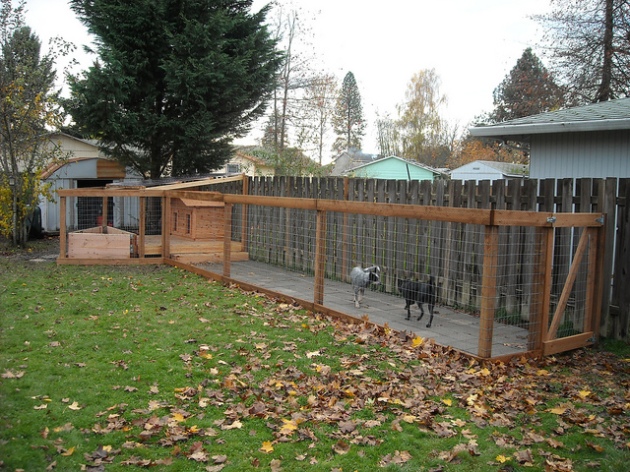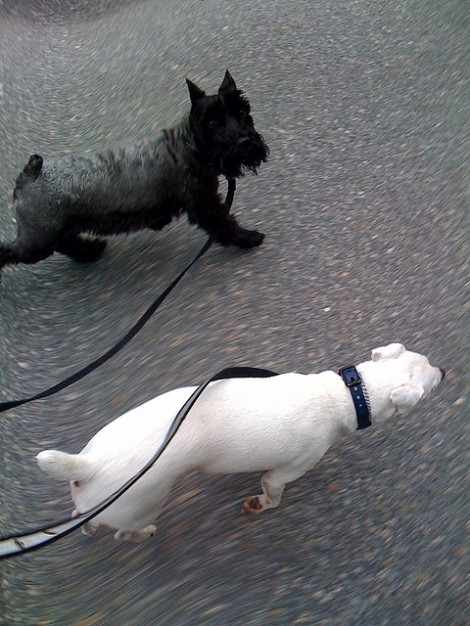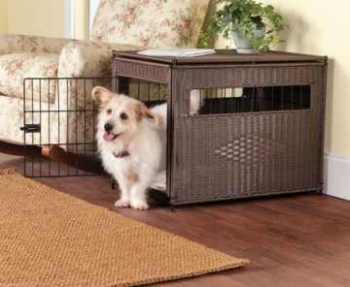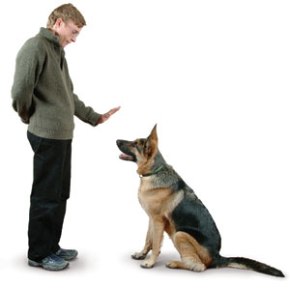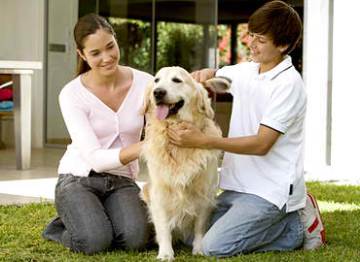Dog owners who are concerned about their pet’s safety choose to install electrical fences around their perimeters. They do this to ensure that their furry friends do not escape to another territory where danger from humans, other animals, and passing vehicles is certain.
The installation of electric or underground fences is however effective only if your dog is trained to recognize the places he is not allowed to go to. It is important to train your dog to identify the the areas where the fence is active. This can help to protect the canine from electric shock.
Here are some of the ways to teach your dog to recognize areas where the electric fence is active:
1. Understand how the electric fence works.
You won’t be able to give your puppy the training that he needs if you don’t have an understanding of how electric fences work. These dog containing devices are composed of wires that need to be installed underground. These wires are supplied with a transmitter that’s mounted to the collar that your dog wears. When your pet gets close enough to the fence for the wire to capture signal from the transmitter, the collar produces electric impulses that stuns the canine. The impulses become more intense as the dog gets closer to the fence.
2. Don’t underestimate your dog’s capability to escape.
Dogs are intelligent and resilient creatures. Some of them are stubborn enough to endure the shocks just to get past the fence. Do not underestimate their ability to withstand pain to find their way to freedom.
3. Test the system.
Once the installation of your invisible fence is completed, your next step is to test it if it works as you expected. You should also take note that the system is designed to be calibrated according to the size and personality of your dog. Another thing you must remember is some collars can be set to beep or vibrate to warn the dog, rather than stun him with electric shocks. This is an option dog owners can use just in case they don’t like their pets to experience electric shocks.
4. Familiarize your dog with the boundaries.
Once the system is installed, mark the boundaries with colored flags. Tie your dog with a leash and walk him around the flagged area. Teach your pet to move back every time a beep or shock comes about. Praise your pet or give him a treat each time the beeping stops.
5. Do the training.
First of all, you should see to it that the collar is set to produce a shock that is meant only to catch the dog’s attention and not to make him experience pain.
Do your dog training in short segments. It should not be over 20 minutes per day for 3 days. When training, be sure to reward your pet for good behavior and don’t forget to praise him every time he obeys your command successfully.
Part of the training is showing the dog the consequence of disobedience. If he attempts to cross over to the other side of the boundary, just allow him and let him experience the shock. If he moves away from the fence by himself, it’s a good sign that your training is working. You may now take your pooch back to the house and give him some praise for a job well done.
6. Test your dog.
Keeping your dog on the leash, you can check if he is learning by asking someone to place something enticing to him beyond the boundary. If he tries to cross the border, he will surely experience shock, repeat the process until he learns to stop. But if he stops, release him from the lease and repeat the process. This will be the ultimate test of his learning.
7. Always check the batteries.
Electric dog fences are mounted with batteries that provide them with power. The batteries will run low after some time, and when it happens, its signal becomes low and the electric impulses become intermittent even if your pooch approaches the fence. You need to observe your dog to see if he is still attempting to cross over the fence. If he still wants to go beyond the border, you should train him more, but if you see that he has learned a lot, you may remove the flags gradually and let your pet know the boundaries without the markers.
These are some of the most important elements of dog fencing. Master it and you will become the master of pets that are sure to stick with you through time.
You may also like:
17 Mistakes To Avoid With Electric Fencing (ibiblio.org)
How to Install an Electric Fence (wikihow.com)
The Pros and Cons of Electric Dog Fences (voices.yahoo.com)

